| |||||
| Decades: | |||||
|---|---|---|---|---|---|
| See also: | |||||
The following lists events that happened during 1792 in Australia.
| |||||
| Decades: | |||||
|---|---|---|---|---|---|
| See also: | |||||
The following lists events that happened during 1792 in Australia.

Arthur Phillip was a British Royal Navy officer who served as the first governor of the Colony of New South Wales.
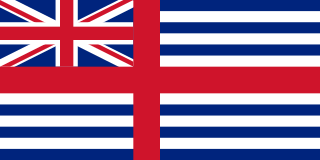
Van Diemen's Land was the colonial name of the island of Tasmania used by the British during the European exploration of Australia in the 19th century. A British settlement was established in Van Diemen's Land in 1803 before it became a separate colony in 1825. Its penal colonies became notorious destinations for the transportation of convicts due to the harsh environment, isolation and reputation for being inescapable. Macquarie Harbour and Port Arthur are among the most well-known penal settlements on the island.
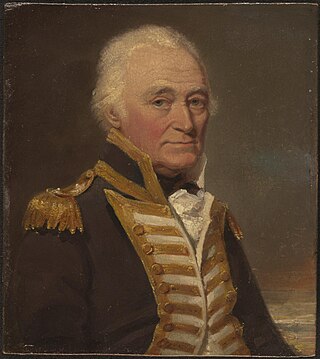
Vice Admiral John Hunter was an officer of the Royal Navy, who succeeded Arthur Phillip as the second Governor of New South Wales, serving from 1795 to 1800.

Philip Gidley King was a British politician who was the third Governor of New South Wales.
The New South Wales Corps, sometimes known as The Rum Corps was a regiment of the British Army, formed in England in 1789, to relieve the New South Wales Marine Corps, which had accompanied the First Fleet to Australia. In the Colony of New South Wales, the New South Wales Corps gained notoriety for its trade in rum and mutinous behaviour.
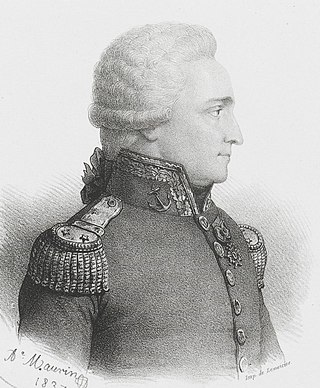
Antoine Raymond Joseph de Bruni, chevalier d'Entrecasteaux was a French naval officer, explorer and colonial governor. He is perhaps best known for his exploration of the Australian coast in 1792, while searching for the La Pérouse expedition. Antoine Bruni d'Entrecasteaux is commonly referred to simply as Bruni d'Entrecasteaux or Bruny d'Entrecasteaux, each of which is a compound surname.
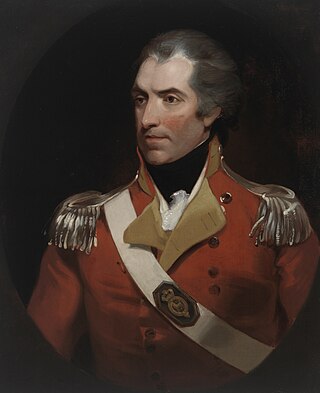
Colonel William Paterson, FRS was a Scottish soldier, explorer, Lieutenant Governor and botanist best known for leading early settlement at Port Dalrymple in Tasmania. In 1795, Paterson gave an order that resulted in the massacre of a number of men, women and children, members of the Bediagal tribe.

John Macarthur was a British Army officer, entrepreneur, landowner and politician who was a highly influential figure in the establishment of the colony of New South Wales. He was also a pioneer of the Australian Merino wool industry, and was instrumental in agitating for, and organising, a rebellion against Governor William Bligh in what is now termed as the Rum Rebellion in January 1808.
The history of Australia from 1788 to 1850 covers the early British colonial period of Australia's history. This started with the arrival in 1788 of the First Fleet of British ships at Port Jackson on the lands of the Eora, and the establishment of the penal colony of New South Wales as part of the British Empire. It further covers the European scientific exploration of the continent and the establishment of the other Australian colonies that make up the modern states of Australia.
The following lists events that happened during 1788 in Australia.
The following lists events that happened during 1791 in Australia.
The following lists events that happened during 1793 in Australia.
The following lists events that happened during 1794 in Australia.
The following lists events that happened during 1795 in Australia.
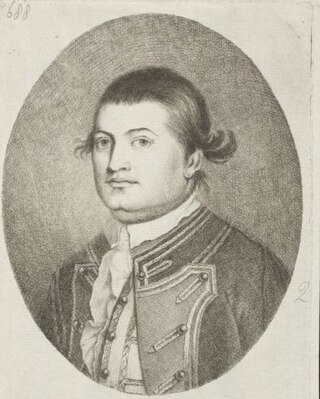
Lieutenant-General Francis Grose was a British soldier who commanded the New South Wales Corps. As Lieutenant Governor of New South Wales he governed the colony from 1792 until 1794, in which he established military rule, abolished civil courts, and made generous land-grants to his officers. He failed to stamp out the practice of paying wages in alcoholic spirits, with consequent public drunkenness and corruption. Although he helped to improve living conditions to some degree, he was not viewed as a successful administrator.

Recherche Bay is an oceanic embayment, part of which is listed on the National Heritage Register, located on the extreme south-eastern corner of Tasmania, Australia. It was a landing place of the d’Entrecasteaux expedition to find missing explorer La Pérouse. It is named in honour of the Recherche, one of the expedition's ships. The Nuenonne name for the bay is Leillateah.
The following lists events that happened during 1835 in Australia.

Rear-Admiral John Bowen was a Royal Navy officer and colonial administrator, who led the first settlement of Tasmania at Risdon Cove.
The following lists events that happened during 1839 in Australia.
Anthony Fenn Kemp was a soldier, merchant and a deputy judge advocate of the colony of New South Wales. He was one of the key participants in the "Rum Rebellion" that removed William Bligh, the appointed governor of the colony, and established an interim military government. He was later permitted to settle in Van Diemen's Land and became a successful merchant and farmer there.